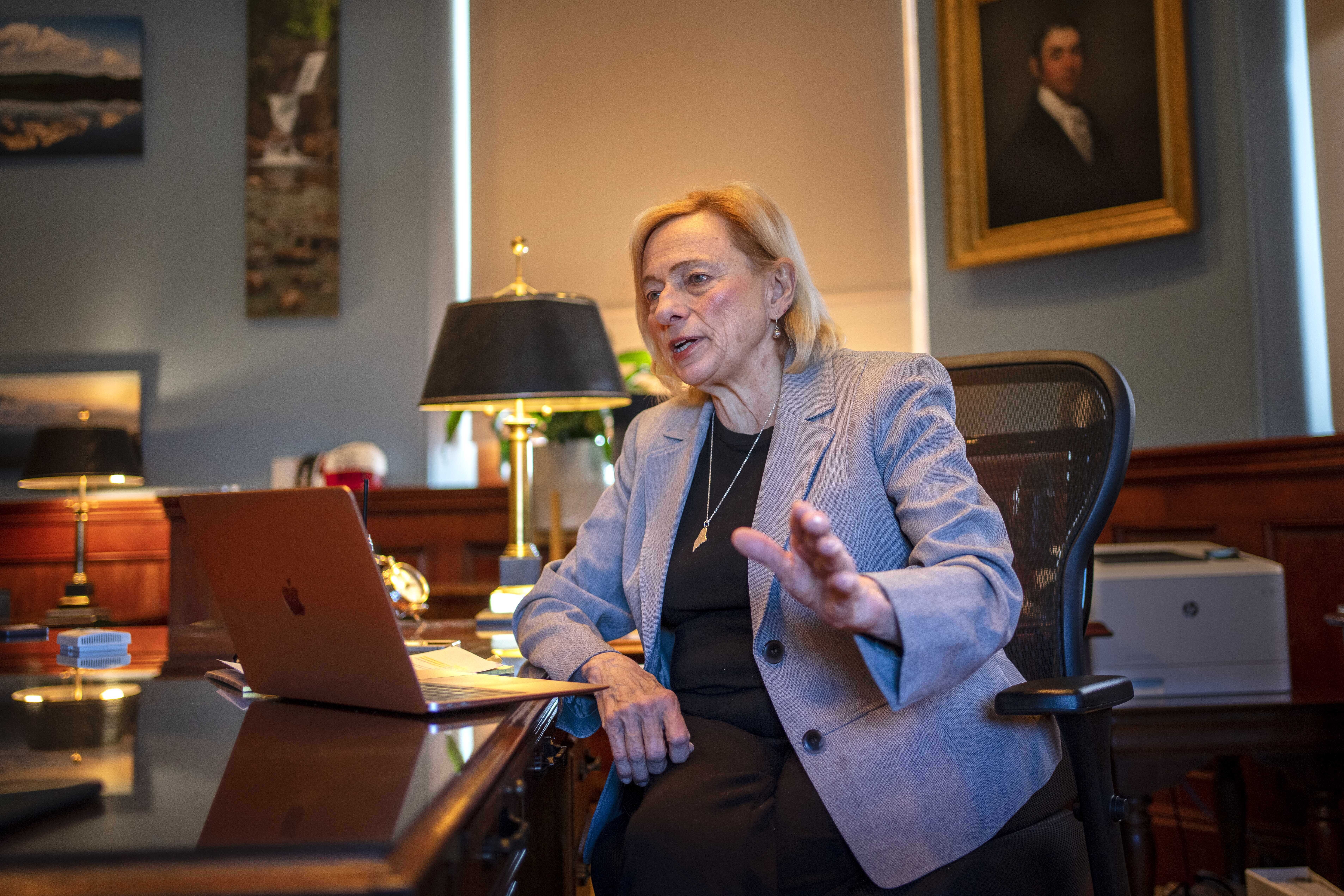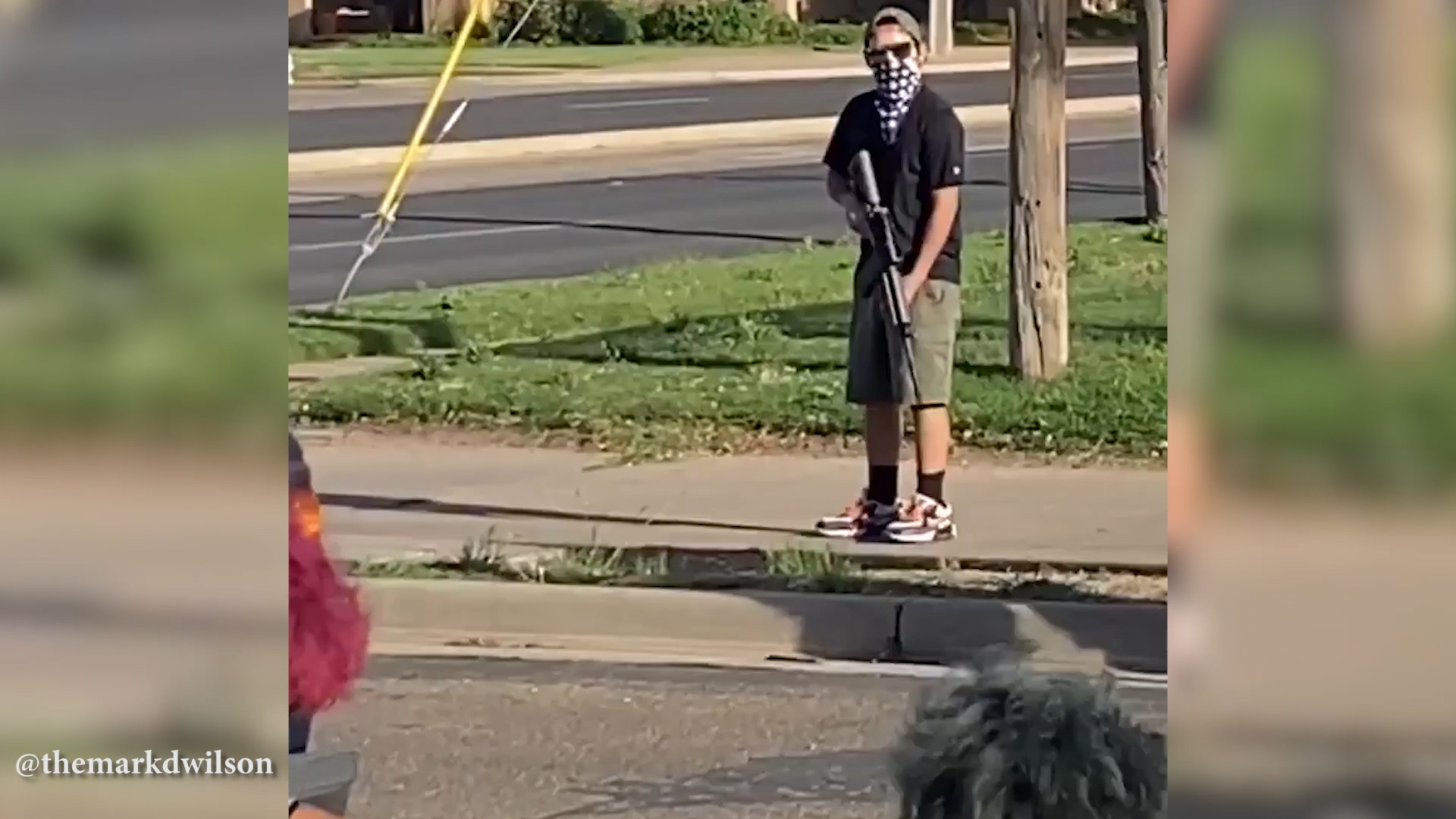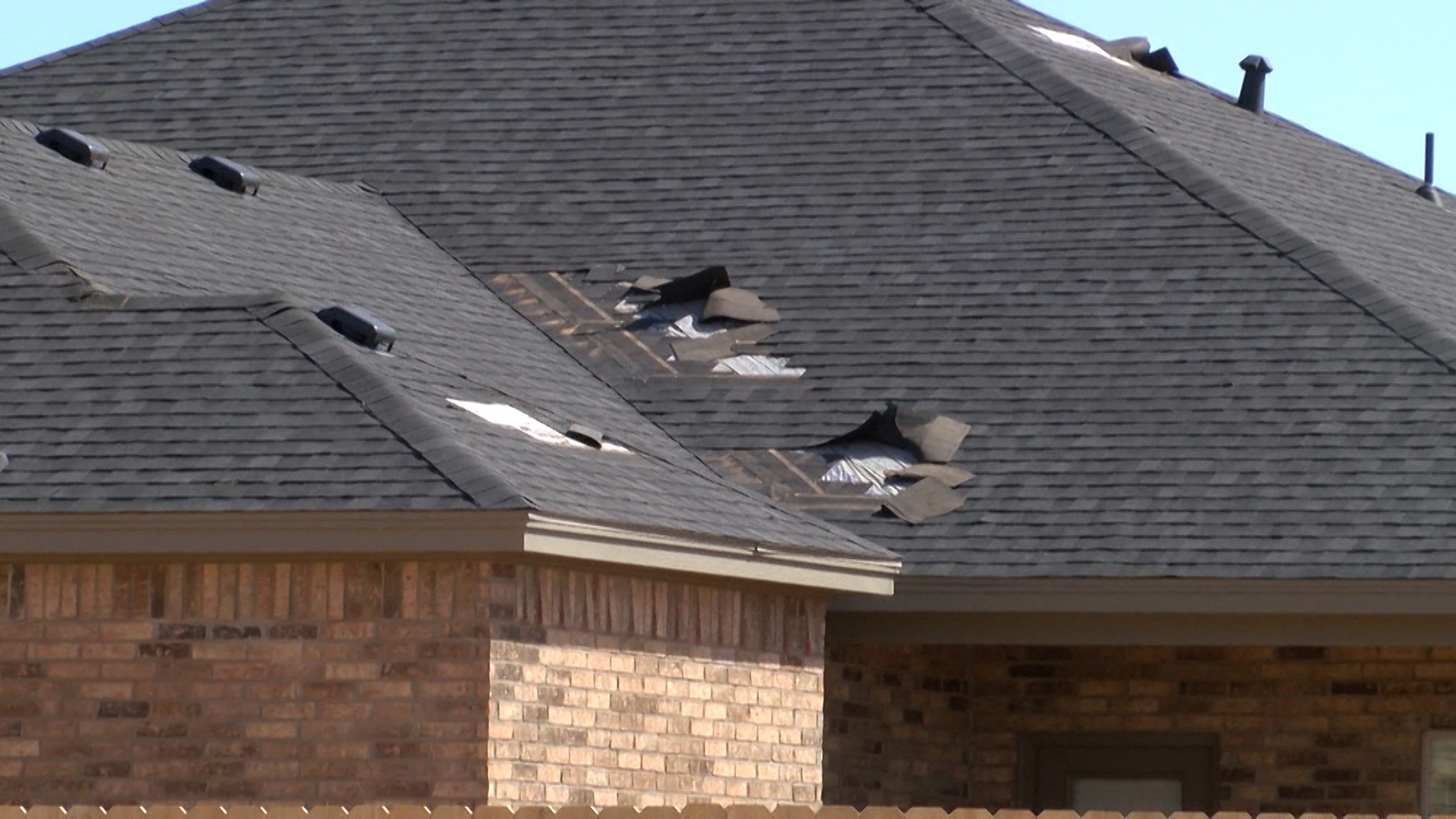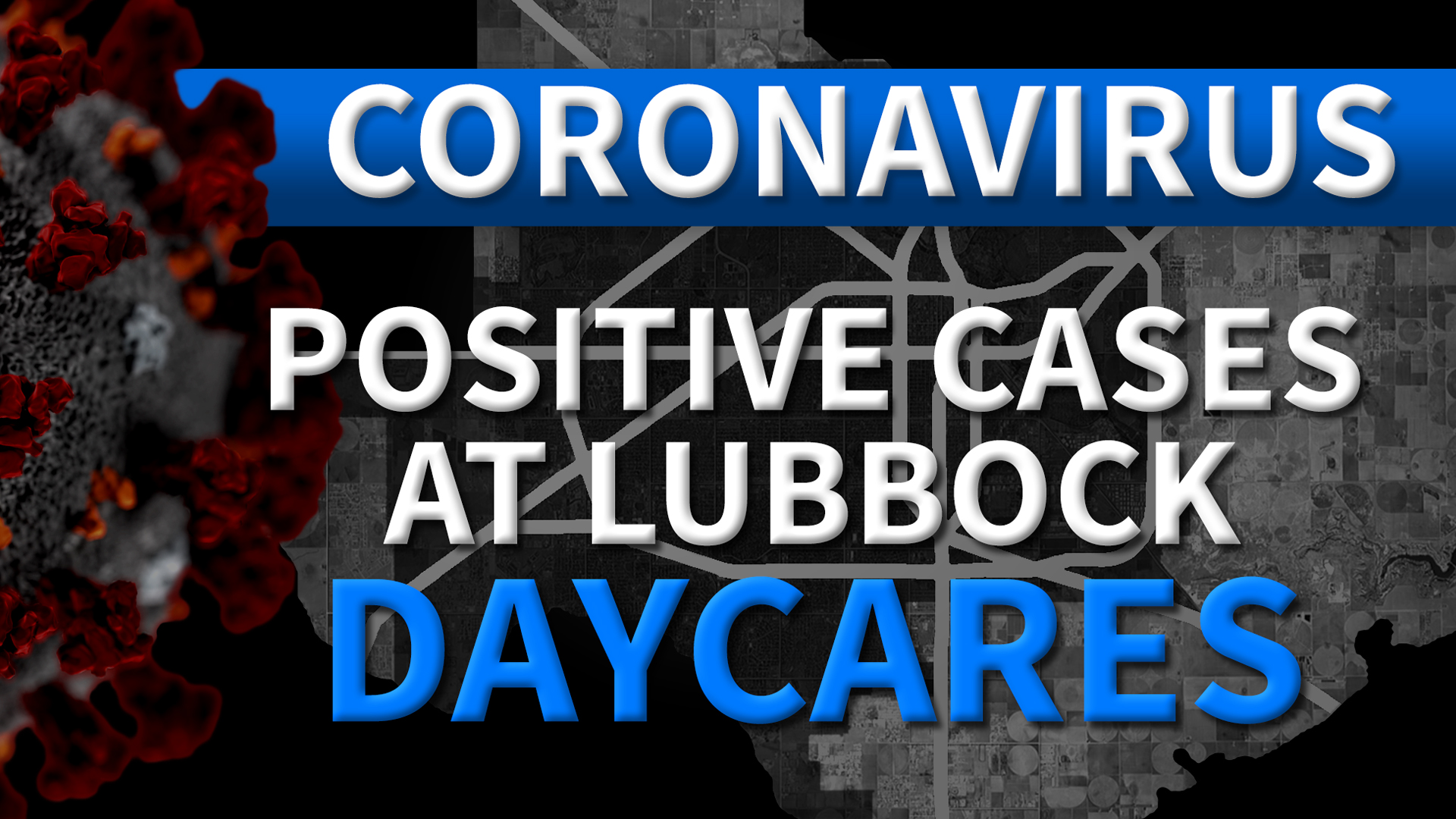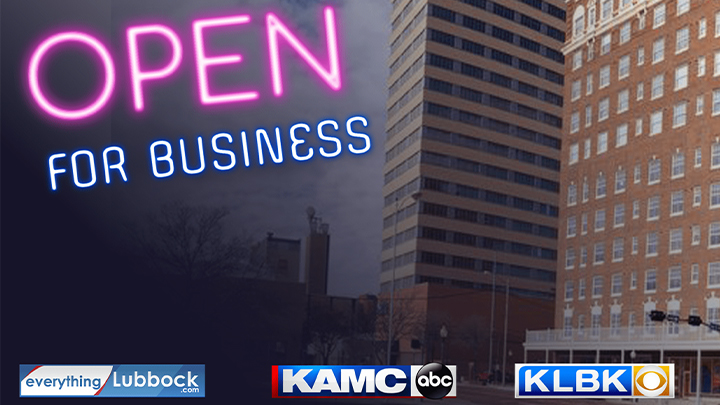AUSTIN, Texas (KXAN) — The next phase of re-openings is coming in Texas. Governor Greg Abbott issued an order to expand reopenings on Monday, May 18.
His order includes allowing offices to open, with a limit of either five employees or 25-percent of the workforce. Some manufacturers can also open at 25-percent capacity. Gyms and other exercise facilities will be allowed to reopen under the 25-percent limit.
But the order has the Governor facing pressure on two fronts. Some Texans want him to open more businesses faster. Last week, tattoo artists and bar owners held rallies outside the Capitol calling on Abbott to let their businesses reopen.
On the same day, a different group demonstrated outside the Governor’s Mansion, laying body bags near the front gate. Their message was that opening too soon could lead to more COVID-19 deaths in Texas.
“The Governor is in a tough situation,” explained James Dickey, chairman of the Republican Party of Texas. “There are some people who won’t be happy until there’s an unlimited opening of everything with no limit, and there are other people who will be unhappy if anything every opens up.”
A poll by Nexstar Media and Emerson College shows that many Texans are not comfortable returning to normal life as businesses reopen.
Even with distancing precautions in place, 68-percent of Texans polled said they would not feel comfortable going to gyms yet. Nearly 60-percent said they would not feel comfortable going to restaurants.
“It obviously impacts the economy greatly,” said Emerson College Polling Director Spencer Kimball. “If you have 60% of people saying they’re no longer are comfortable going to a restaurant, just think about all of those jobs that aren’t going to be there when this epidemic is over.”
One quarter of the people polled said they’ve lost their job amid the pandemic. Many Texans who are out of work are still having difficulty filing unemployment claims. The Texas Workforce Commission has received and processed a record number of claims in the past two months.
“We do know that there a few people out there that are still having difficulty,” said Ed Serna, Executive Director of the Texas Workforce Commission. Serna said that the commission is dedicating some of its call center staff to make outbound calls to reach people to get their claims resolved.
Some people will be able to go back to work as businesses begin to reopen. But not everyone is comfortable returning to the workplace amid the pandemic. Nearly 14 percent of Texans surveyed in the Nexstar Media and Emerson College poll said they would not return to work out of fear of getting the virus or passing it to a family member.
Serna said some of those people may still be able to claim unemployment benefits.
“If they’re worried about, you know, giving it to a loved one and if that loved one happens to be a high-risk category, that’s one of the exceptions,” Serna said. He said the commission is working on ways to evaluate claims from workers that their workplace is not following recommended health practices.
“We will establish some criteria, but we’re going to continue to pay [benefits] while we investigate those situations,” Serna said.
The commission continues efforts to help unemployed Texans find jobs. Serna said the commission provided additional funding for training and education. He said one effort is helping the state find workers to handle contact tracing to monitor the spread of the virus.
Texan leads task force focused on China
Texas Republican Congressman Michael McCaul is leading a newly-formed task force to investigate China. The task force aims to look into the origin of the coronavirus, among other issues.
House Republicans have said they intend to hold the Chinese government accountable for failing to accurately report the seriousness of the virus in the early days of the outbreak. McCaul has said that he believes China’s government broke international law.
“It was never properly reported,” McCaul said. The Congressman said he believes that the Chinese government engaged in a cover-up, which included trying to stop doctors from telling world health authorities that there was human-to-human transmission of the virus. The result, he believes, led to loss of life and economic chaos.
“You went from an epidemic to a global pandemic,” McCaul concluded.
“I think it’s going to be COVID-19-centric in terms of the investigation into the origins and what went wrong,” McCaul said. But he said the mission of the task force reaches beyond the virus.
“We’re also going to look at our foreign policy with China. We have to look at how to be more competitive with China,” McCaul said. He cited issues like artificial intelligence and the race to implement 5G as issues the task force would consider.
McCaul says he’s also concerned about human rights abuses and China’s “military posture.” The congressman says the committee will address what he believes is a generational issue.
“My father fought the Nazis in World War II. We had the Cold War. We had radical Islamists after 9/11. For this generation now, this is the issue,” McCaul said. “I believe that the Chinese government, the PRC, is now becoming the number one long-term threat to the national security of the United States.”
California Republican Representative Kevin McCarthy says the task force will be “Republican-led” because Democrats backed out of it. House Democrats say they were focused on China well before the virus.
“What Kevin McCarthy has in mind is something political that can be used during a presidential campaign,” said Representative Adam Schiff, D-California.
Federal government will report COVID-19 cases in Texas nursing homes
The state of Texas refuses to release the locations of long-term care facilities with COVID-19 outbreaks, but now the federal government will begin releasing that information as soon as this month.
New federal guidelines require facilities to report data to the Centers for Disease Control and Prevention (CDC) no less than weekly. They’re also required to inform residents and families of new cases by 5 p.m. the next calendar day.
Then, according to a memo sent out last week, the Centers for Medicare and Medicaid Services will publicly post that information, in order to “support protecting the health and safety of residents, personnel, and the general public.”
The facilities must report:
- Suspected and confirmed COVID-19 infections among residents and staff, including residents previously treated for COVID-19
- Total deaths and COVID-19 deaths among residents and staff
- Personal protective equipment and hand hygiene supplies in the facility
- Ventilator capacity and supplies in the facility
- The number of resident beds
- Access to COVID-19 testing while the resident is in the facility
- Any staffing shortages
The move was first announced on April 19, by Medicare Administrator Seema Verma at the White House’s daily coronavirus briefing.
According to the newly released memo, the first round of reporting is due Sunday, May 17. The data will be posted here by the end of May.
In response to questions about why the rule took so long to go info effect, a spokesperson for CMS gave a statement to NBC News that read, “As nursing homes report this data to the [Centers for Disease Control and Prevention], we will be taking swift action and publicly posting this information so all Americans have access to accurate and timely information on COVID-19 in nursing homes. This reporting requirement is the first action of its kind in the agency’s history,” the statement read. “The agency remains committed to greater transparency, and will never stop working to give patients, residents, and families the clearest and most accurate information possible.”
So far, the Texas Health Health and Human Services Commission have only released the number of facilities who have reported at least one case of COVID-19 and the total number of residents who have died.
Even as the virus spread in these homes and other states began releasing comprehensive information, HHSC refused to release more data.
Spokespersons for the commission, and eventually the Acting Executive Commissioner Phil Wilson, cited state and federal privacy laws as the reason for the lack of information.
A spokesperson for HHSC said, “We are working to release as much information as we are legally permitted to share publicly, in compliance with state and federal law.”
HHSC has requested a ruling from the Texas Attorney General’s Office related to requests for data on confirmed COVID-19 cases in HHSC-regulated facilities, identified by facility. According to the document provided, 18 public information requests have been filed for this information.
However, they have cited several changes to state law that “make it clear that the Commission is not authorized to release the requested information.”
Austin Public Health began releasing the total number of positive cases and deaths in area facilities with “clusters,” but also refused to identify the locations.
AARP Texas has been pushing for more transparency, after hearing concerns from their members about a lack of information.
“I think the fact that families can’t be in the facility has put a spotlight on the communication problem,” said Amanda Fredriksen, Associate State Director of advocacy and outreach for AARP Texas.
She said the amount of information given to residents, families and the public often varies from facility-to-facility.
“They all handle it a little differently, and so it really depends on how that facility communicates,” she said.
“We have lots of members who’ve reached out and said, ‘I don’t know what’s going on. I can’t find out what’s going on in the facility. I’m scared. I’m worried. My mother, my grandmother is worried and concerned, because they can’t find out what’s going on.’“
AMANDA FREDRIKSEN, AARP TEXAS
Fredriksen said her group is pleased to see a more standardized process from the federal government for reporting information.
“I think it’s really important that the public be able to get this information, so they can make informed choices and do the best they can for their loved one,” she said.
Fredriksen emphasized how important it is for the general public to know where outbreaks are, as well. She said facilities have to share staff in many jurisdictions, so it’s important for the community to be aware of at-risk locations.
“Given the community spread of this virus and the fact that people are spreading it when they are asymptomatic, I think it’s important the public has more information about where this virus is,” she said.
The Texas Health Care Association is helping facilities navigate the new reporting system.
“There’s going to be a learning curve: it is the same information, but it’s not the same process, so providers will have to make sure they are maintaining compliance,” President Kevin Warren said.
He explained that facilities already have to report much of the same information to the state, so they had hoped the federal government would pull from that data — instead of requiring additional reporting by the facilities.
Warren said many facilities are still working out how to independently report updates to family members and residents, which often means calling thousands of family members.
“The may send emails, but email doesn’t have that human touch,” Warren said. “That’s the part that providers want to give, and that’s the balance they are having to do, with the data reporting plus the personal side of this profession.”
Warren said while the workload is increasing for these facilities, he thinks any effort to help increase transparency is worth it.
“If this additional information, and by formatting this data in a different way, helps public officials and helps local authorities to ensure that you have adequate resources and have the adequate support to prevent spread and contain spread where it does exist, then, lets do it,” Warren said. “At this point, particularly with the vulnerability of this population, we cannot leave any stone unturned. These people just matter too much.”
New COVID-19 testing for Texas prisoners
All prison inmates in Texas will soon be tested for COVID-19. The state began the self-administered tests on May 12.
The Texas Department of Criminal Justice is providing the test kits. It’s an oral test that uses a swab from both cheeks and the roof of the mouth.
Every inmate has watched a training video. They will be supervised to make sure they’re doing the test correctly.
More than 18-hundred Texas prisoners have tested positive for COVID-19. Close to 7-hundred TDCJ workers have also tested positive.




